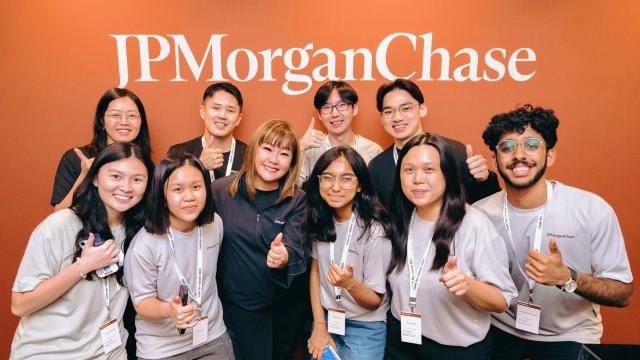In the green transition, individuals and organisations can seize new opportunities by acquiring a range of knowledge and skillsets needed to thrive in a sustainable economy. While we continue to chart our path forward, envisioning a green workforce in 2050 provides signposts to guide our journey.
By Ethan Chong, Associate Professor and Head of Sustainability (Education & Research), Singapore Institute of Technology.
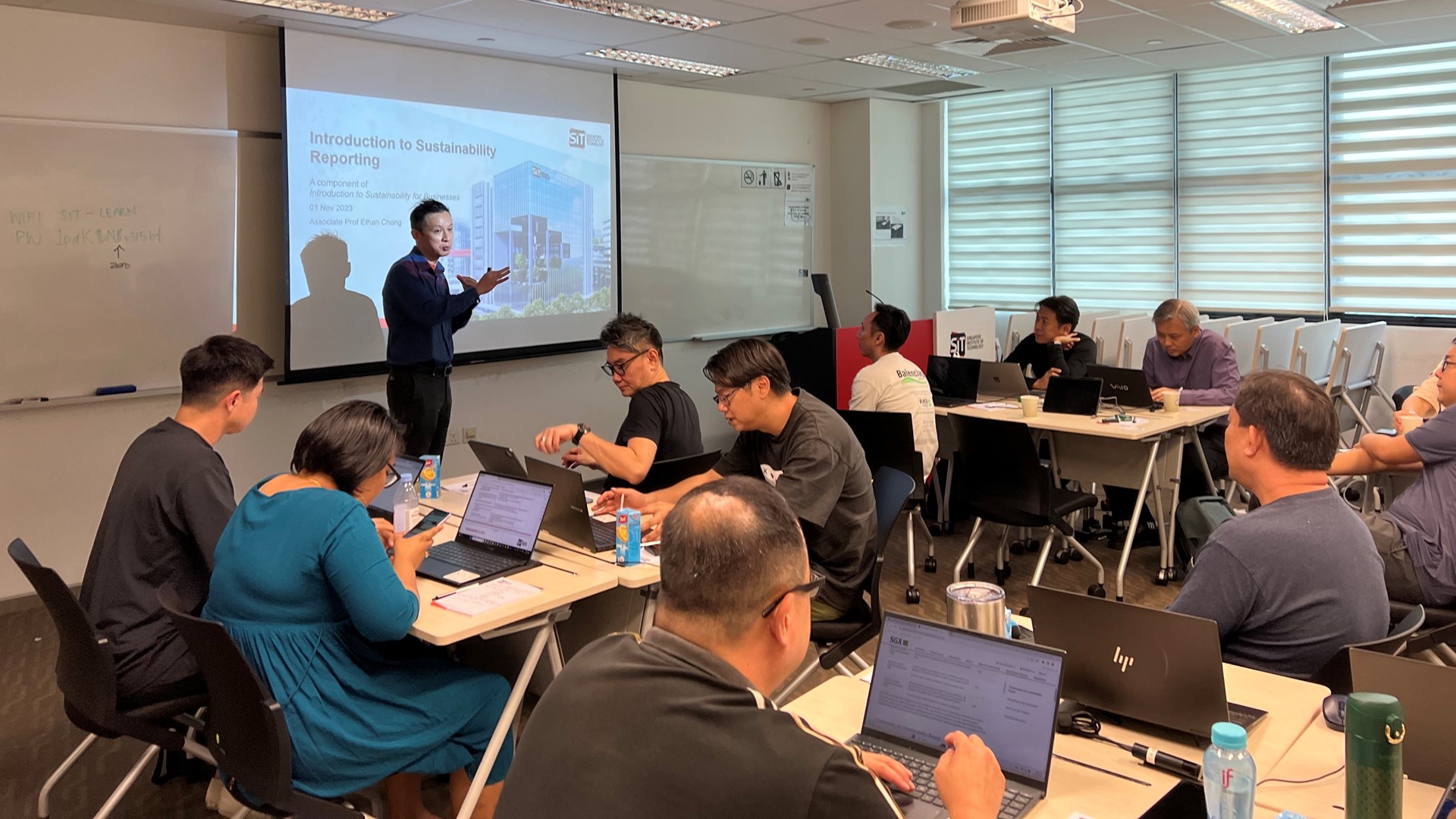
Associate Professor Ethan Chong (standing), Head of Sustainability for Education and Research at the Singapore Institute of Technology (SIT), giving a class on ‘Introduction to Sustainability Reporting’. (Photo: SIT)
This year marks a decade since countries, including Singapore, committed to the Paris Agreement in 2015. Over the past decade, Singapore has made significant strides in sustainability, such as renewable energy adoption. As of June 2024, the city-state has achieved 1.35 gigawatt-peak (GWp) of solar energy deployment and is on track to meet its target of 2 GWp under the Singapore Green Plan 2030.
Another notable accomplishment is the greening of urban spaces. Since the National Parks Board (NParks) launched the OneMillionTrees movement in 2020, this effort to plant one million more trees across the island by 2030 has crossed the halfway mark in 2024. The initiative is transforming Singapore into an even greener metropolis with extensive parks, rooftop gardens and tree-lined streets.
2025 also marks Singapore’s 60th year of independence, celebrated with the SG60 theme, ‘Building Our Singapore Together’. This theme encapsulates the spirit of partnership and co-creation that will be instrumental in writing the next chapter of the Singapore story on sustainable development. Working backwards from a 2050 vision, clues to greening a workforce can be identified.
Sustainability in 2050
Imagine it is January 2050. More than 25 years have passed since we were engaged in the development of the green economy. Hopefully, in that time, prioritising planetary health has become as critical as economic and societal well-being.
What kinds of news stories might appear in the media? What types of products and services can we expect to see in the market? Here are some possibilities in 2050:
- Browsing through the endless flow of news, advertisements and entertainment, terms like “green transition” and “sustainable development” are seldom mentioned. The adjective “green” is more commonly used to indicate its absence rather than its presence.
- Sustainability mechanisms are commonplace, embedded in the production, distribution and consumption of goods and services.
- A news article reports that a retail business is being boycotted due to an exposé of its greenwashing practices. The business is likely to suffer significantly even before regulatory proceedings commence.
- External sustainability impacts of products and services, once an afterthought, are now well reflected in their pricing. It is instinctive for individuals and businesses alike to consider environmental and social impacts in decision-making, whether in a supermarket or in a boardroom.
- Businesses gravitate towards environmentally and socially responsible suppliers to produce higher-valued products and services. The pricing more robustly accounts for different external costs and benefits. For instance, products that are less environmentally competitive tend to be more costly to consume.
What about the workforce in 2050? It will be made up of ‘environmental natives’ — those who grew up in a world that consistently imparted sustainability values, knowledge and skillsets. A myriad of sustainability-related educational courses would have proliferated, training the generation that urgently required them.
To make this 2050 vision a reality, it is imperative for the sustainable development teaching and learning landscape to evolve. There are three key pillars for sustainability education: Measurement, management and value.
Sustainability Measurement
As the saying goes, “To improve it, you need to measure it.” To minimise negative impacts and maximise the benefits of our actions on the environment, we have been working on standardising sustainability measurement, accounting and reporting. Convergence of standards and increased rigour will boost confidence in carbon and other types of markets, with pricing that better reflects and internalises environmental and social externalities. Unintentional greenwashing can be largely avoided and eliminated.
A life cycle perspective is crucial. We have been churning out new solutions every day, such as sustainable transport and blue carbon projects. These must be developed with a comprehensive understanding of their impacts across their entire life cycle. This will avoid negative impacts being hidden in the future. The triple bottom line of sustainable development — society, economy and environment — should be considered, layering over the life cycle of our solutions.
The World Health Organization (WHO) discussed a framework this author had co-developed[1] in one of its publications[2] for assessing sustainability. This framework provides an approach to help ensure that the solutions we develop and apply are socially acceptable, economically viable and environmentally neutral (if not positive) over the entire life cycle. The concepts of triple bottom line and life cycle impact can be further embedded into education and practice.
Only with a competency to measure sustainability, or at least with a clear concept of sustainability metrics, can we effectively manage and improve outcomes. As such, sustainability measurement is a foundational component of education in greening a workforce.
Sustainability Management
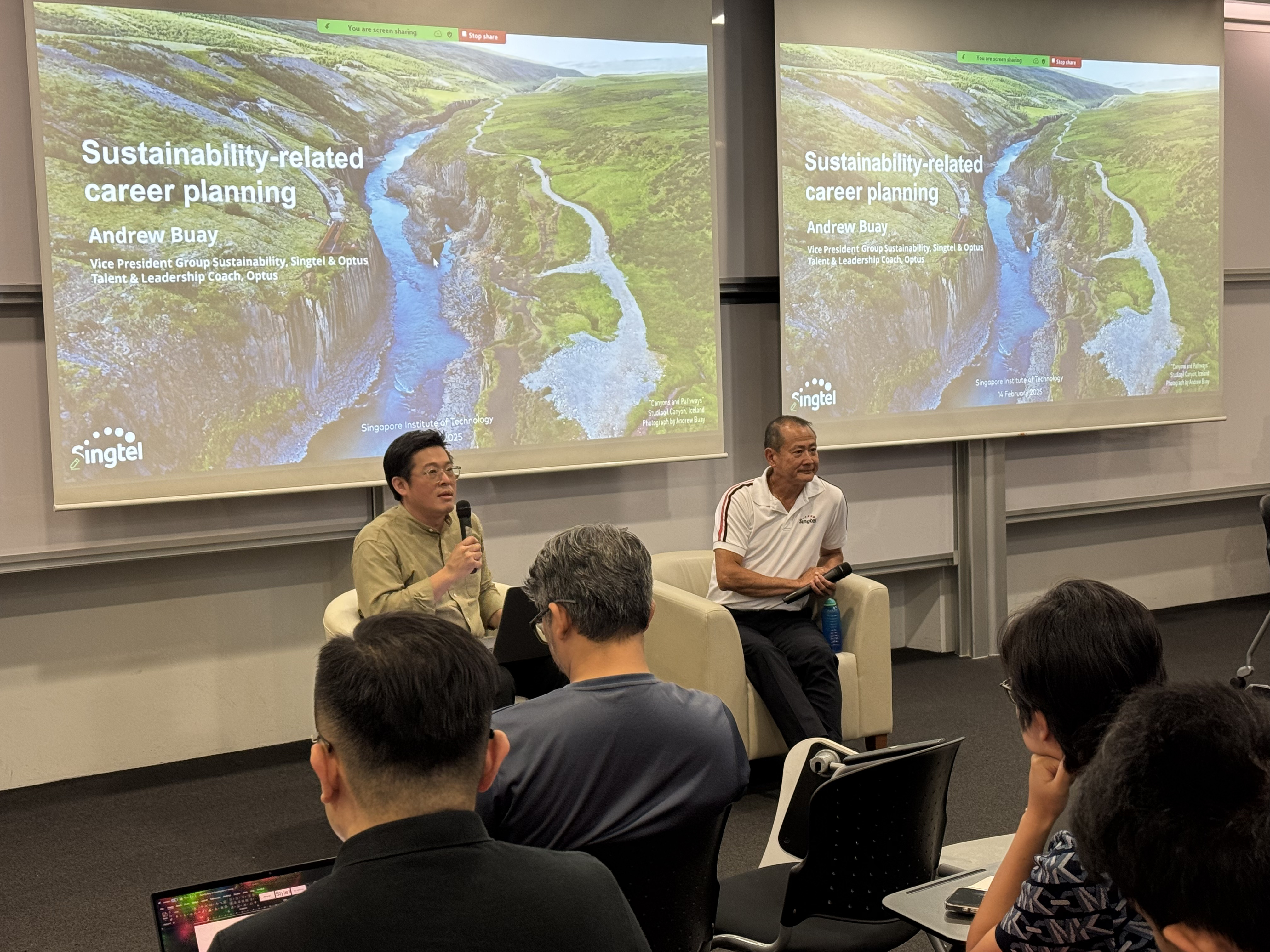
Mr Andrew Buay (in white), Vice President of Group Corporate Sustainability at Singtel and a Talent Coach at Optus, engaging SIT students in an insightful ‘Lunch & Learn’ session on sustainability-related career planning. (Photo: SIT)
Sustainability management includes environmental policies and mechanisms, as well as strategies such as circularity, green financing, mitigation, adaptation and decarbonisation roadmapping. As these are useful for us leading up to 2050 and beyond, they can be covered in training programmes at various levels.
Moreover, sustainability challenges are complex. Sustainability projects must consider the life cycle impacts and triple bottom line. For example, a project aimed at reducing greenhouse gas emissions must account for emissions across the supply chain, including upstream suppliers and downstream consumers, since there are opportunities to cut emissions along supply chains through deliberation.
The principle of double materiality highlights the importance of evaluating not only how external factors impact an organisation, but also how the organisation’s actions affect environmental and social systems. This dual perspective ensures that sustainability considerations are integrated comprehensively into decision-making processes. For instance, societal readiness for waste sorting is a factor influencing the sustainability of a waste-to-energy business. This has to be considered, even as its positive environmental impacts are assessed.
To tackle complex challenges, education should teach systems thinking — understanding how different parts of a problem are connected. Emphasising practical problem-solving and using tools like modelling can help identify well-rounded solutions. These skills are crucial for advancing the green transition.
Sustainability Value
By 2050, the green economy will likely be supported by accessible carbon calculators and data, matured carbon markets, environmental technologies and sustainable development policies. However, the cornerstone of this economy will be the societal value placed on sustainability.
Procurement decisions will not only be guided by market mechanisms structured to account for sustainability-related costs and benefits, but they will also be influenced by the sustainability value of decision-makers. This value system will direct the allocation of key financial, human and natural capital resources.
Children today are now learning about the value of sustainability as early as kindergarten. This generation — the so-called ‘environmental natives’ — has been informed of the climate crisis from a young age and knows that everyone has a part to play. They require less of a mindset shift and are comfortable reconsidering practices in favour of the environment. With an education system designed to nurture these values, they will enter the workforce instinctively attuned to sustainability principles, apart from having the necessary knowledge and skillsets to function in a green economy.
Risk and Opportunity
The green transition presents risks and opportunities for individuals and organisations. By assessing these proactively, we can mitigate risks and leverage opportunities, which can lead us to tip differentiating factors to get ahead of the competition. For a workforce to do that, it is necessary to acquire knowledge and skillsets through learning and practising.
The assumption that cohorts of environmental natives will be produced in the coming years requires us to infuse sustainability considerations into all aspects of school curricula. Today, there is a wide range of sustainability training courses for working adults offered by institutes of higher learning, including polytechnics and universities. These continuous education and training offerings will constantly evolve to suit the needs of the workforce at different points in time during the green transition. While that is happening, schools ranging from kindergartens to universities will also undergo a stream of advancements.
Hopefully, by 2050 as envisioned, our education, economy and workforce will no longer require that aspirational green label. Sustainability will simply be the norm.
This article first appeared in ENVISION Magazine, issue 24.
[1] Chong, Y.T., Teo, K.M., & Tang, L.C. (2016). A lifecycle-based sustainability indicator framework for waste-to-energy systems and a proposed metric of sustainability. Renewable and Sustainable Energy Reviews, vol. 56, pp. 797–809.
[2] World Health Organization (2023). Economics of the Health Implications of Waste Management in the Context of a Circular Economy. Copenhagen: WHO Regional Office for Europe.
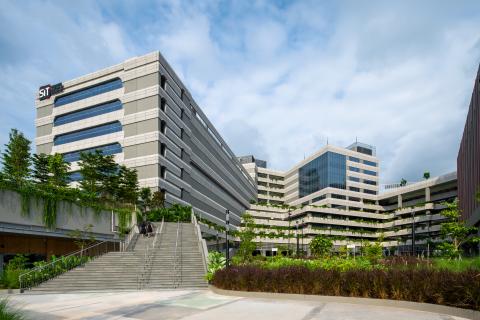
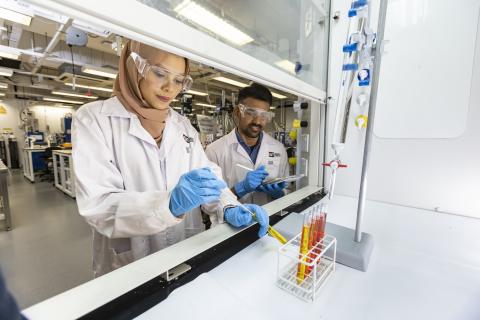
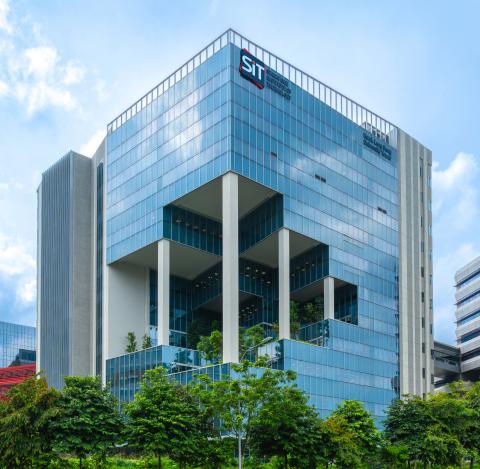



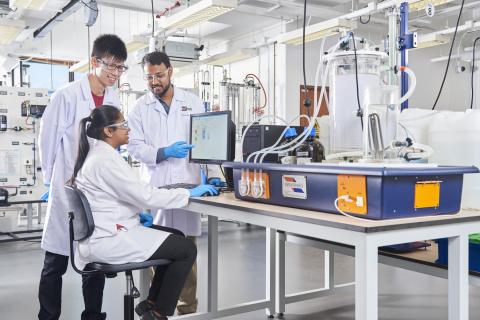
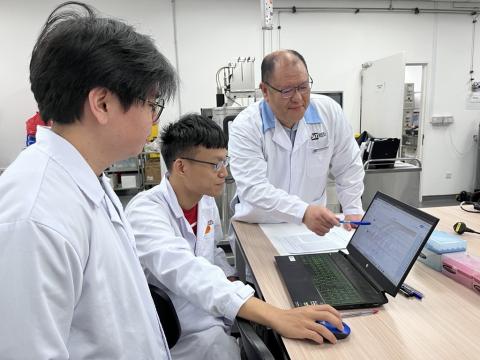
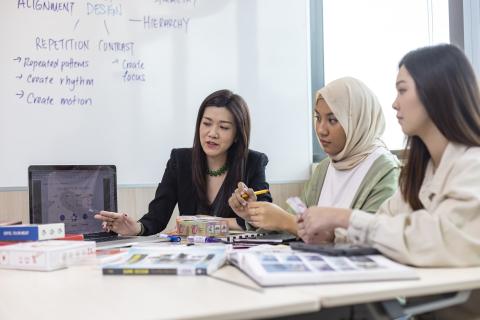

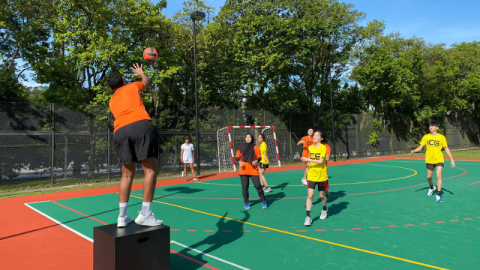
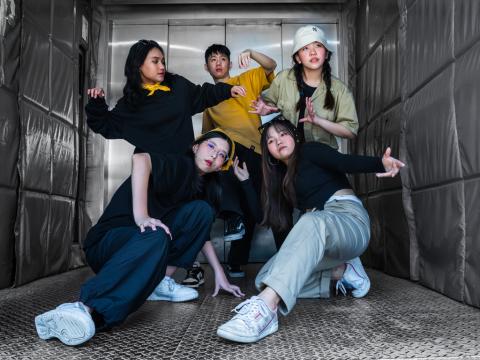



![[FA] SIT One SITizen Alumni Initiative_Web banner_1244px x 688px.jpg](/sites/default/files/2024-12/%5BFA%5D%20%20SIT%20One%20SITizen%20Alumni%20Initiative_Web%20banner_1244px%20x%20688px.jpg)


